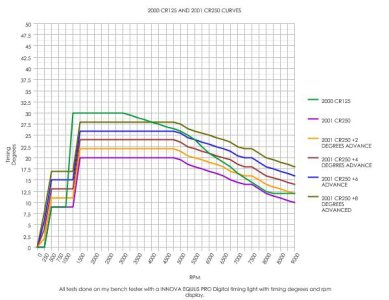Just a quick question and have done a quick search.
I'm just about to do a top end in my 2011 EC300.
I have a new wossner piston ready to go in and have all new gaskets.
Now I know there are options to what base gaskets you can use.
The current one was a 0.5mm gasket.
I have a bought a Athena top end gasket set and just wondering what your opinions are on which base gasket I should use?
Bike runs well and have good torque but I don't know any different to be honest.
I ride a lot of slow stuff with big climbs most of the time and rarely get the chance to open it up.
I'm just about to do a top end in my 2011 EC300.
I have a new wossner piston ready to go in and have all new gaskets.
Now I know there are options to what base gaskets you can use.
The current one was a 0.5mm gasket.
I have a bought a Athena top end gasket set and just wondering what your opinions are on which base gasket I should use?
Bike runs well and have good torque but I don't know any different to be honest.
I ride a lot of slow stuff with big climbs most of the time and rarely get the chance to open it up.

